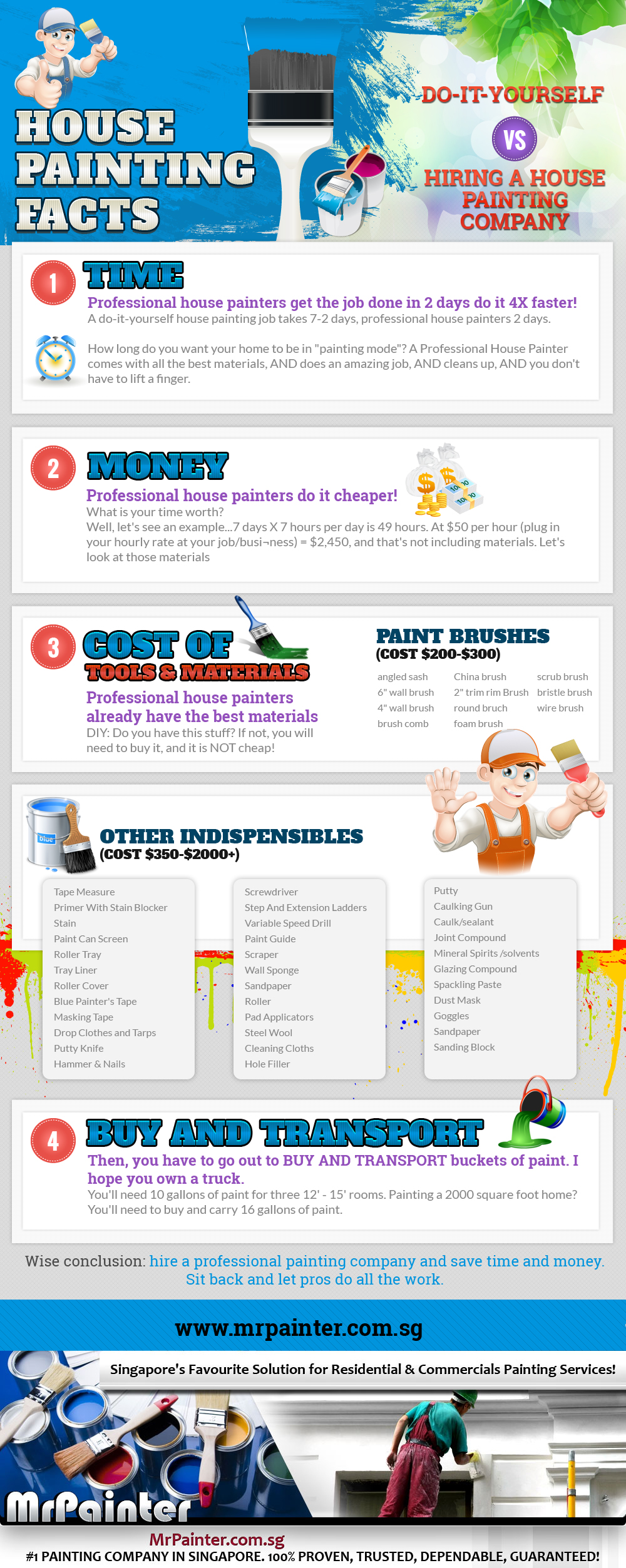Trick Seasonal Considerations For Commercial Outside Paint: What You Required To Be Enlightened Concerning
Trick Seasonal Considerations For Commercial Outside Paint: What You Required To Be Enlightened Concerning
Blog Article
Article Produced By-Carlson Skafte
When you're planning an industrial exterior painting task, seasonal variables can make or damage your results. You'll want to think about just how temperature and humidity effect paint application and drying out times. Choosing the right season can guarantee your paint adheres effectively and lasts much longer. But which seasons are absolutely the best for this sort of job? Let's check out the key elements that can affect your project's success.
The Impact of Temperature on Paint Application
When you're intending a business exterior painting project, the temperature can considerably impact just how well the paint adheres and dries.
Preferably, you want to paint when temperature levels range in between 50 ° F and 85 ° F. If it's as well cool, the paint may not heal appropriately, leading to issues like peeling or breaking.
On the other hand, if it's also warm, the paint can dry also rapidly, stopping appropriate bond and causing an uneven coating.
You need to additionally take into consideration the moment of day; early morning or late afternoon supplies cooler temperatures, which can be much more favorable.
Always check the maker's recommendations for the particular paint you're using, as they often provide assistance on the excellent temperature level range for optimum results.
Moisture and Its Impact on Drying Times
Temperature level isn't the only environmental element that affects your business exterior paint job; humidity plays a considerable function as well. High humidity levels can slow down drying out times drastically, impacting the overall quality of your paint work.
When the air is filled with moisture, the paint takes longer to treat, which can cause issues like inadequate bond and a higher danger of mold development. If you're painting on an especially damp day, be prepared for extensive delay times in between coats.
It's important to monitor neighborhood weather and strategy appropriately. Ideally, go for relevant internet site between 40% and 70% for optimal drying out.
Maintaining Click That Link in mind ensures your task remains on track and supplies a long-term coating.
Best Seasons for Commercial Exterior Paint Projects
What's the very best time of year for your business exterior painting jobs?
Spring and very early autumn are normally your best bets. Throughout these seasons, temperature levels are moderate, and humidity levels are often reduced, creating suitable conditions for paint application and drying out.
Avoid summer's intense heat, which can trigger paint to dry also quickly, causing bad adhesion and surface. Likewise, wintertime's cool temperature levels can impede correct drying and healing, risking the durability of your paint task.
Go for days with temperatures between 50 ° F and 85 ° F for ideal results. Bear in mind to examine the local weather forecast for rainfall, as damp conditions can spoil your job.
click here to read around these variables ensures your painting task runs efficiently and lasts much longer.
Verdict
In conclusion, planning your commercial exterior paint jobs around seasonal factors to consider can make a considerable distinction in the end result. By scheduling work during the excellent temperature levels and humidity degrees, you'll ensure much better attachment and drying out times. Keep in mind to keep an eye on neighborhood weather forecasts and pick the correct time of year-- springtime and very early fall are your best bets. Taking these actions will help you accomplish a sturdy and expert finish that lasts.
